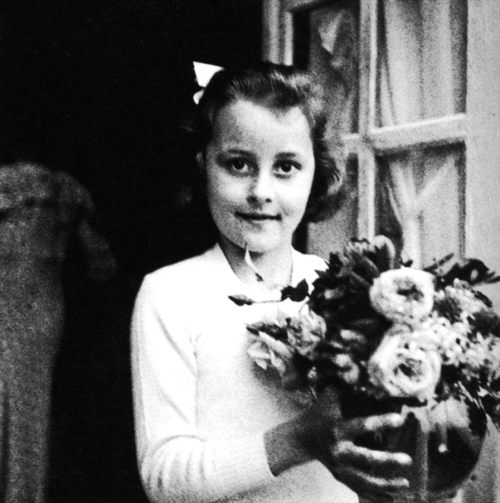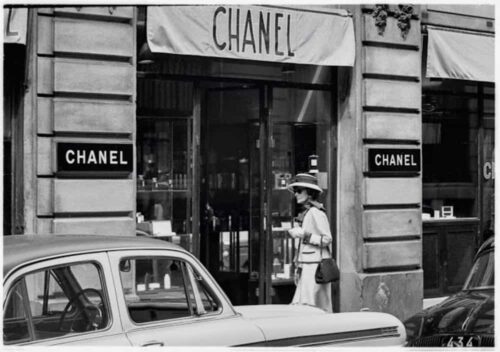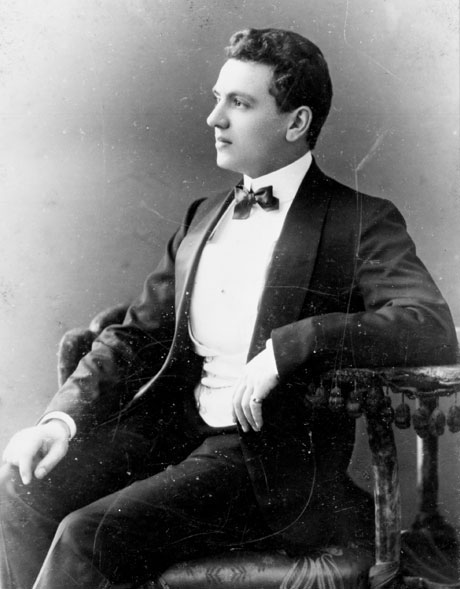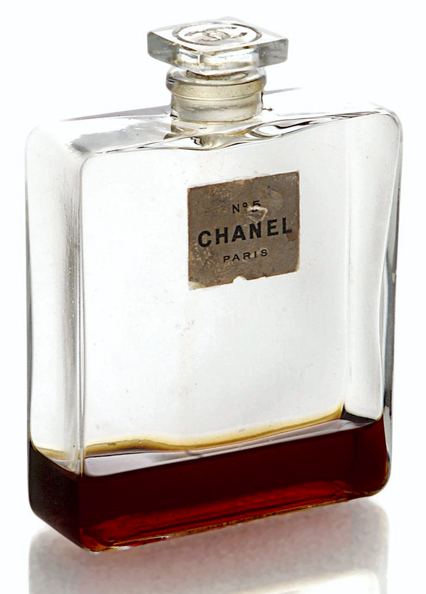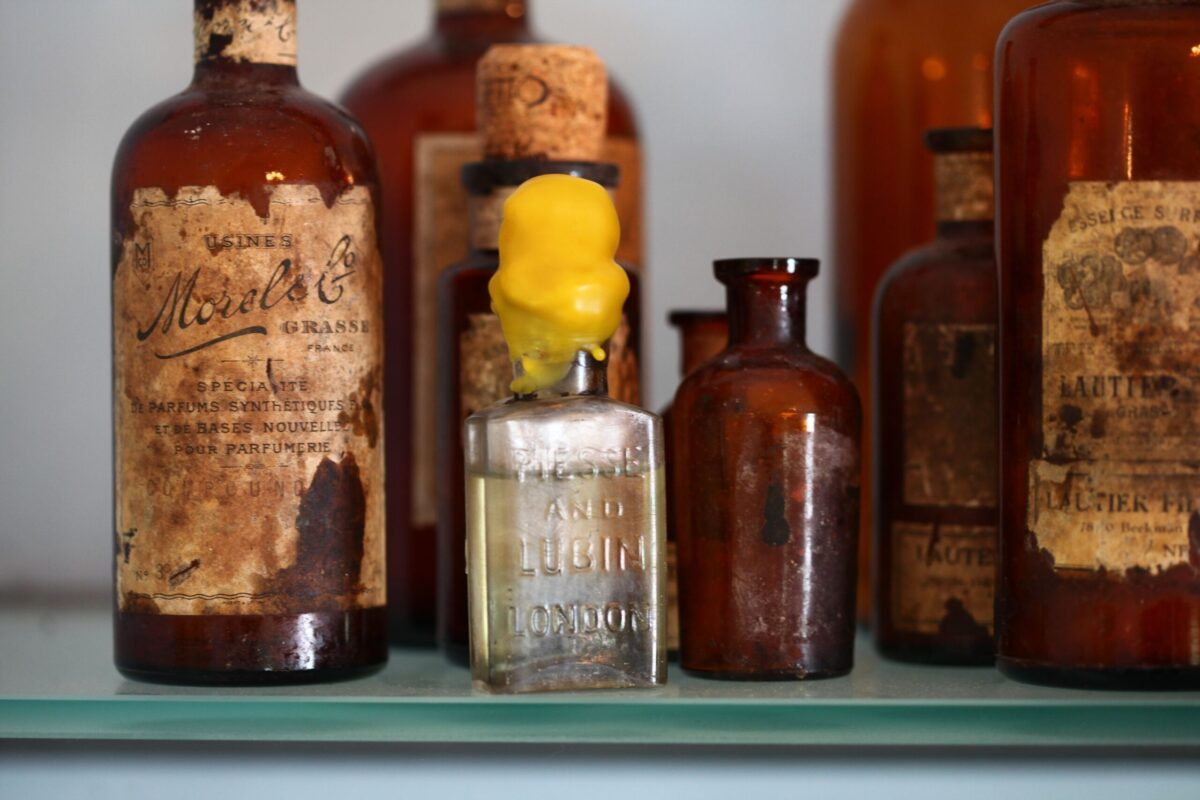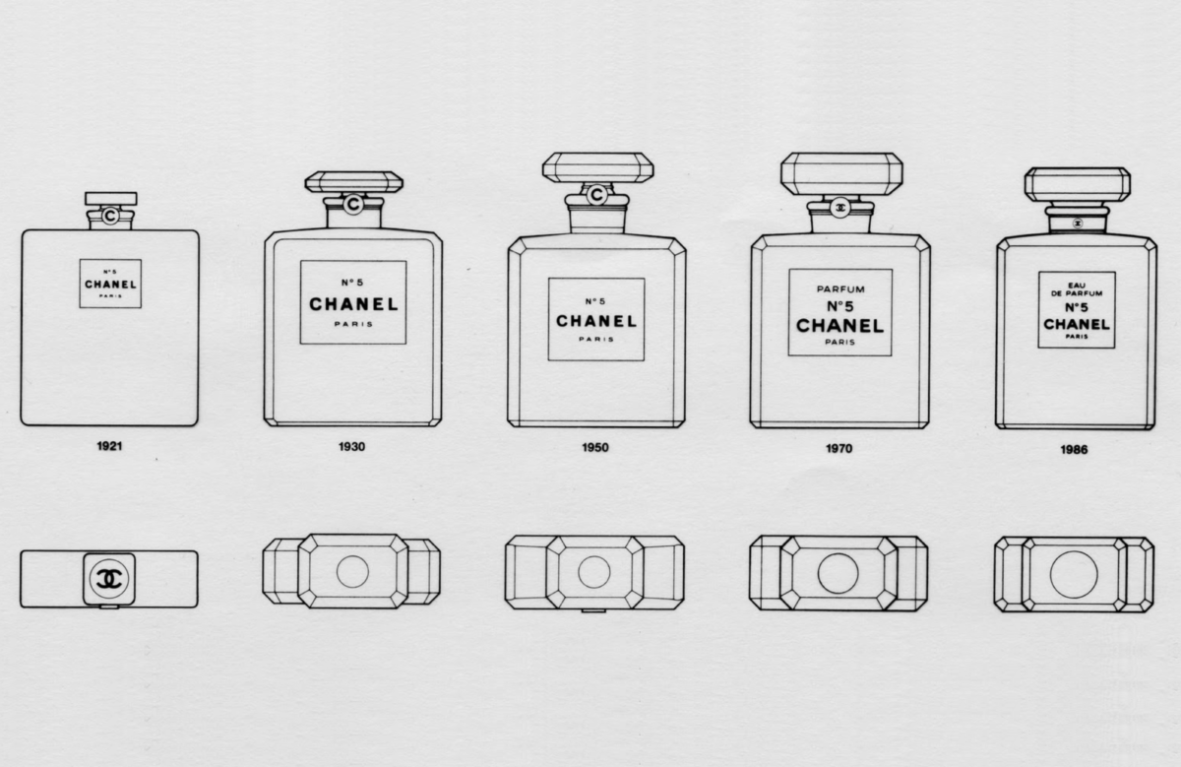
During Christmas 0f 1921, hundreds of Parisian ladies received a special gift. The gift was a perfumery novelty from Chanel marked with the number 5. Although awaited for six months and loudly discussed in fashion circles, it was not condemned to the huge success that it ultimately achieved. From today’s perspective, Chanel no. 5 is undoubtedly the most famous perfume in the world, and the original bottles from the first production are now something for private collectors and museums are ready to pay a fortune. On May 5th, 100 years have passed since Coco Chanel chose this mixture of extracts from among several prepared by one of the best “noses” in history – Ernest Beaux.
Gabrielle “Coco” Chanel
The history of Chanel no. 5 cannot be told without recalling the author’s story. How did a girl named Gabrielle, who spent much of her childhood in an orphanage, become “Coco” and revolutionize the world of fashion?
Gabrielle, born in 1883, was one of seven children of Albert Chanel and Jeanne Devolle. Her childhood and teenage years weren’t always great, but it seems that without all the obstacles in life, a girl from the small town of Saumur in central-west France would not have achieved such a spectacular success.
Young Gabreille “Coco” Chanel
At the age of 12, after the death of mother and after her father leaving the family, Gabrielle and her sisters went to an orphanage. It was there that she took her first sewing lessons. After six years in an orphanage, the girl came under the wing of her aunt, who decided to develop her tailoring skills. Simultaneously with the first attempts to create clothes, she developed her artistic talent, which in 1905 led her to the bes cafes, where she performed as a singer. Interestingly, she always said that she could not sing, but she made up the shortcomings with dancing and natural charm.
She opened her first business in 1913. It was a hat and women’s clothing store. Almost from the very beginning, it focused on modernity and diversity. The clothes in the store deviated from the prevailing standards, which often aroused dissatisfaction of the conservative part of Parisians. However, the clothing was very practical, comfortable and broke the standards of women’s clothing at the time. Over time, even the most hardened conservatives began to see the advantages of ditching uncomfortable corsets in favor of more modest, almost sports costumes. Just six years after opening a small shop, Coco was about to open a fashion house under her own brand “Chanel”, and her popularity began to open the doors of other industries, including perfumery.
The history of the creation of Chanel no. 5
The idea of creating a luxurious perfume for the newly formed group of emancipated women was born in the mind of Chanel at the turn of the 1920s. It was then that Coco was in a relationship with Dmitri Pavlovich Romanov, who decided to use his Russian connections to work with a pefumiarist of the Russian court – Ernest Beaux. After the first meeting, it turned out that Beaux and Chanel had very similar tastes and they understood each other very well in terms of expectations regarding the new fragrance.
Ernest Baeux – creator of Chanel no. 5.
On May 5, 1921, a meeting was scheduled for Coco to choose one of the fragrances prepared by Ernest. During the tests, the designer had no doubts. Sample number 5 turned out to be the best. To complete the formalities, Beaux asked how the new perfume will be called. Coco replied: “I always release my new clothing collections on the fifth day of the month, every five months. I also chose sample number 5. I guess that’s my lucky number and I’m going to stick with it. ”
What, apart from the number, made the choice of this fragrance note? There are many unconfirmed rumors about this. A story about a mistake by one of Beaux’s lab technicians has grown in legend. He supposed to add too much aldehyde to this sample, which made the smell much more intense. Although this story has no formal confirmation, there are some circumstantial evidence that makes it somewhat credible.
The first is that Chanel no. 5 was indeed one of the first fragrances to use aldehydes. A method that was innovative at that time significantly increased the price of the perfume, which was suitable for Chanel, who wanted to sell it as a very luxurious product. The second point that can confirm the story of the lab technician’s mistake is the fact that Coco wanted to get a very intense and long-lasting, fragrance of the flowers. At the time, however, no enhancers were able to sustain the delicate scent of white flowers for more than one to two hours. Perhaps the change was brought about by a mistake in the proportion of ingredients, and the designer quickly noticed the potential of a long-lasting fragrance.
The first perfume no. 5 were delivered to clients on Christmas 1921. However, it was not Christmas shopping, nor gifts from husbands, but gifts from Coco herself. About 100 selected, most influential, liberated and opinion-forming ladies received them for free as part of a interesting promotional campaign. The product recommended by the most respected women in Paris was very difficult to obtain, which additionally increased the demand. The exact recipe for the iconic fragrance has never been revealed. Only a fraction of the ingredients are known, and more importantly, their exact proportions are unknown. Perfume consists of about 80 elements, so it is even more difficult to reproduce their scent. Only the notes of Grasse jasmine, centifolia rose, iris, ylang yland, vetiver, vanilla, ambergris and sandalwood oil are certain. In addition, every 10 years or so, the recipe is analyzed and modernized to meet the tastes of modern women.
Second part of the article will be published soon.
Powrót do listy artykułów
